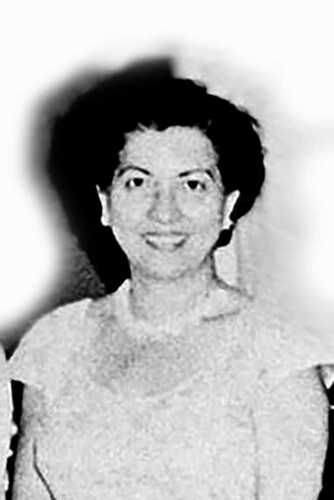Few issues in Guåhan’s history garner such diverse reactions as the efforts for CHamoru self-determination and the decolonization of our island. Opinions differ on the most viable political status option, who should participate in a political status plebiscite, and whether Guåhan should even continue to pursue a change in its relationship with the United States. Part of the challenge is visualizing what a change in political status would mean for our island’s people.
Fanohge CHamoru: Charting Our Collective Future presents a history of American colonialism and CHamoru resistance in Guåhan. It highlights our community’s steadfast commitment to the pursuit of self-determination that call for us to chart a collective path forward. We invite visitors to engage in discussions of the historical and contemporary examples of our island’s quest for self-determination, and to ask: How does our history inform our present and our future? What future do we envision for Guåhan, and what role might each of us play in making that a reality?
Fanohge CHamoru: Guam Hymn
In 1919, while a student in Oklahoma, Dr. Ramon Sablan penned the song which became an anthem for the CHamoru people: “Stand Ye Guamanians.” The song was Sablan’s inspired attempt to capture the spirit and love he had for his island home and a call to his fellow Guamanians to stand up! Stand up for your island, stand up for your country! Fanohge, CHamoru!
“Stand Ye Guamanians” reflects the complexities and contradictions of the island’s quest for political self-determination. Sablan wrote the song at a time when the island was still a fairly new acquisition of the United States, a spoil of the Spanish-American War of 1898. It was similar to other anthems at the time—songs about freedom, the sacred beauty of the land, the heroism of its people, loyalty to one’s country, and the protective power of God. However, Guåhan’s anthem was written for a land and people who were not truly free in a language that was not their own. Still, Sablan’s “Guam Hymn,” as it came to be known, was the territorial anthem proudly sung at schools and public events.
In 1974, educator and musician Lagrimas LG Untalan translated the “Guam Hymn” into CHamoru at a time of renewed interest in the CHamoru language and culture. Untalan’s translation is representative of the post-World War II cultural revivalism and political movements for self-determination seen over the years throughout the Pacific region. Read more here: https://www.guampedia.com/guam-hymn-fanohge-chamorro/.
Fanohge CHamoru by Wettengel Elementary School students
Fanhoge CHamoru presented by fourth grade reading class of Wettengel Elementary School, Summer 2021.
View in Vimeo here.
Kie Susuico
Kie Susuico is a CHamoru digital artist, born and raised on Guåhan. He is a largely self-taught graphic artist whose work consists of digital illustration and composite photos created in Adobe Illustrator and Adobe Photoshop. Common themes in his work are Indigeneity, CHamoru culture and language, decolonization, freedom, demilitarization, hope, collective strength, and the reunification of the CHamoru archipelago.
Susuico is a member of Independent Guåhan, a community group working to educate the people of Guåhan about independence as a political status option. He is a co-chair of their ArtReach Committee, using art, as well as hikes to cultural sites, to help further Independent Guåhan’s work.





